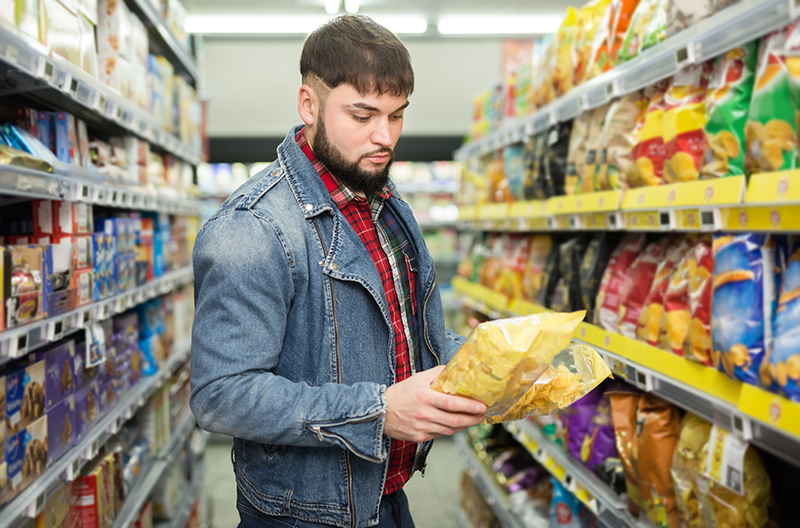Economic uncertainty, self-checkout lanes, omnichannel shopping and natural and organic trends are impacting the way consumers are purchasing and consuming snacks and candy, according to a recent survey from Acosta Group, conducted with its shopper community. But one thing is clear – shoppers view snacks and candy as accessible luxuries in their daily lives.
“We wanted to learn more about the shopper path to purchase by understanding when and why shoppers are snacking, as well as where and what they’re buying on different occasions or shopping trips,” said Kathy Risch, SVP of consumer insights and trends at the Acosta Group and a speaker on shopping behavior impact on category sales May 22-25 at the Sweets and Snacks Expo 2023 in Chicago.
“We discovered consumer shopping preferences and generational differences that inform how brands and retailers can best meet the needs of today’s consumers.”
These categories each saw 12 percent year-over-year sales growth fueled by the increased pricing of inflation, according to Nielsen.
Snacks
Forty percent of shoppers say they’ve eaten a large bag of salty snacks in one sitting, with that percentage rising to 74 percent for Gen Z and 60 percent for Millennials.
Shoppers are snacking throughout the day, with 43 percent saying they’re usually snacking at night, 32 percent often snacking as a meal and 36 percent snacking when bored. Stress snacking is highest among Gen Z at 81 percent, with 68 percent of shoppers with kids saying that they snack when stressed. Snacks are perceived as a comfort food by 68 percent of shoppers.
Millennials are big snackers, with purchases of frozen snacks and sides, granola and cereal bars, protein and nutrition bars and dried meat or jerky. This group is also snacking on the go, with 74 percent snacking at work and 63 percent snacking when traveling. Households with kids are also driving snack sales, with more of these families shopping weekly across multiple categories.
Salty snacks reign in the category with potato chips in the lead, and popcorn becoming the breakout inflation-proof, go-to snack of 2023. Taste is driving choice, followed by value and promotional pricing.
Candy
For candy purchasers, chocolate is preferred (82 percent) over non-chocolate, with 54 percent of shoppers saying they eat more candy than they should. Four in ten are eating candy at least once a day, with Millennials and higher income households eating more.
Citing high prices and health concerns, 30 percent of shoppers say they’re buying less candy than last year. Candy sales are also at risk due to the increased use of self-checkout, preferred by 76 percent of Gen Z and 73 percent of Millennial shoppers. More than 25 percent of all candy sales occur at checkout, with self-checkout reducing impulse candy conversion purchases by 50 percent, according to IMC Proprietary Retailer Research.
Shoppers are buying 28 percent of their snacks online, with one in three of those shoppers having a subscription service for automatic reorders. Leading online purchases are protein and nutrition bars, dried jerky and meat, granola and cereal bars, frozen snacks and sides and non-chocolate candy. Shoppers, especially men, often make a special trip just for a snack, especially to c-stores and quick service restaurants, with 76 percent of c-store shoppers saying they snack daily.
“With this study, we’ve identified several standout opportunities to support continued growth for CPG brands in snack and candy,” said Darian Pickett, CEO, sales agency.
“At Acosta Group, we bring multiple capabilities to the table to provide a one-stop shop to drive customer purchase and loyalty, build integrated omnichannel plans and support brand innovation for category expansion.”
Acosta Group’s Candy Shopper Insights Study was conducted Feb. 10-13 with 1,779 primary household shoppers and its Snacks Shopper Insights Study was conducted from Feb. 23-March 1 with 1,706 primary household shoppers.
For more snacks news from The Shelby Report, click here.

